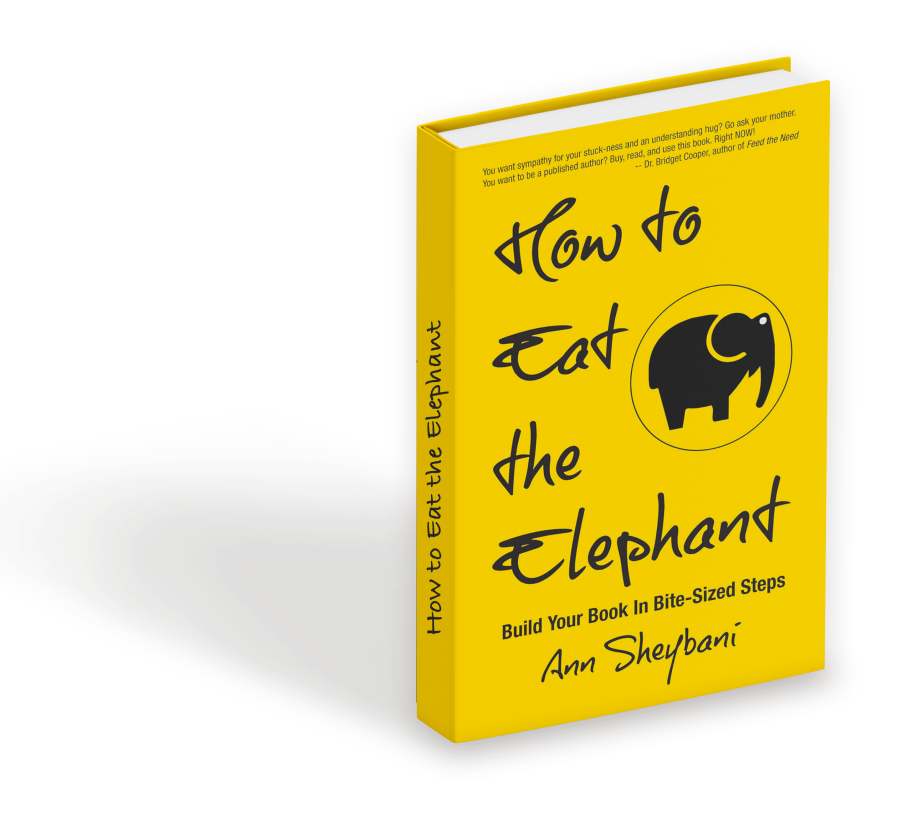Are you a thought leader or an expert? Have you decided to write a book to showcase your unique process for fixing a specific problem? Do you want to inspire people, to offer them your perspective, your hard-won experience, so they can live a better life? Might the lessons that you’ve learned—never leave a pig unattended in your living room, for instance—save others pain and time?
If you wish to position yourself as an expert in a given field, then your expert positioning story is critical to your book. The idea is to tell a consistent story about who you are, why your message is important, and what unique expertise you bring to your market. This story connects you to your audience, establishes authority, inspires hope, and motivates action. This story would appear within the first two chapters of your book; usually in the introduction. (Sometimes the expert positioning story IS the introduction, not just a subset of it.)
How do you accomplish all that with a single story? Start by sharing your struggle to succeed, allowing people to relate to you. Then describe your sources of knowledge to demonstrate why you know more than the average bear (certifications, degrees, years of experience, firsthand trial-and-error, etc.). Finally, share your personal stories of success as well as the stories of your successful clients and customers.
If you’re not sure how to begin, take a look at how you describe yourself in the About Me section of your website, provided, of course, you have a website. If you give presentations or speeches, how do you prefer to be introduced? Do you have a script you hand moderators? You’ll want to rob from these sources.
At the beginning of ANY book, readers need to know what the book is about in simple, yet emotional terms. They want to know who the author is (in fiction, who the narrator and/or protagonist is/are) and why they should care about him and his story.
Do not forget, not for a microsecond, that readers want to know what the problem is right away. They don’t want to wade through thirty-nine pages, or chapters, to figure that out. Without a problematic situation, or ten, there’s no story. Game over. The book gets tossed.
The introduction (as well as the first few chapters) must be designed to satisfy these questions and lure the reader into the story. To give them faces to attach to.
All-important questions cheat sheet:
1. Who do we have here?
2. Why should I care about these people?
3. How do they feel about each other?
4. What’s at stake for them, meaning, what do they stand to lose?
5. Why should I want to know more about them, and their situation?
One of THE best expert positioning stories I’ve come across in recent years was written by Allison Bottke in her book Setting Boundaries With Your Adult Children.
If you’ve ever shopped for books on Amazon, you may be aware of their Look Inside feature. Click on the picture of the book, and up pops the copyright page, the table of contents, and the first few pages, sometimes the back cover matter as well. It’s a great way to browse, the way you would in a bookstore.
You want something to model when writing your own expert positioning story and/or introduction, model Bottke. (Her visceral story comes after a rather well written forward, so if you want someone to write your forward, have them model this one.) We know what the problem is RIGHT up front, how it feels emotionally, physically, spiritually, and financially to have this problem. And why she’s the person to be telling the story, offering the solution. Why she’s the expert. Because, Christ Almighty, this woman knows. She leaves us with NO doubt.



